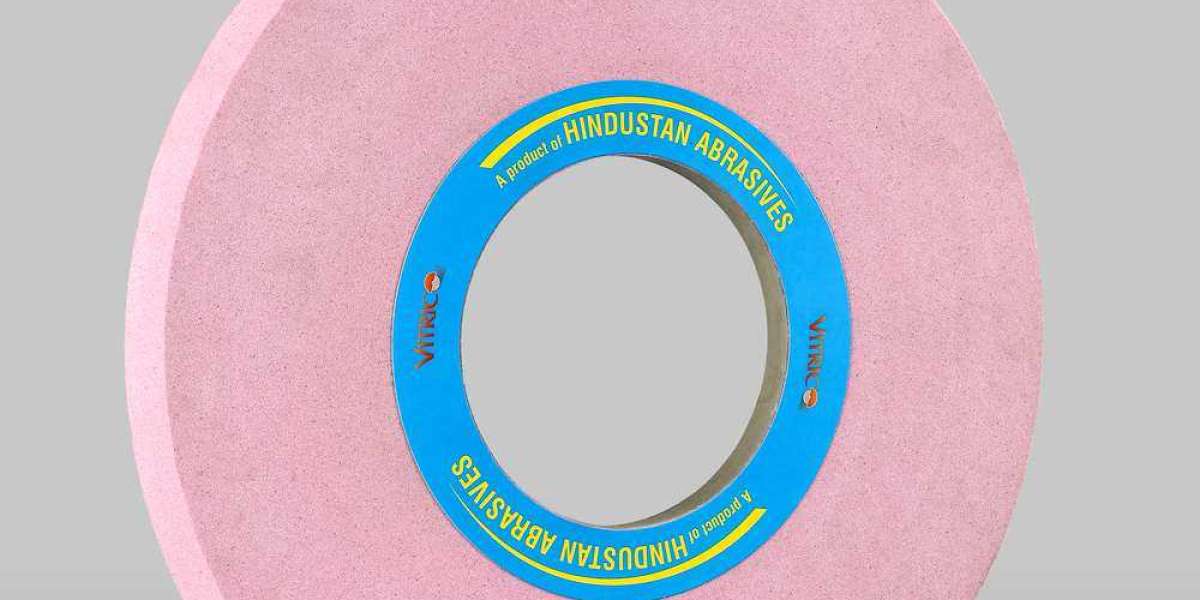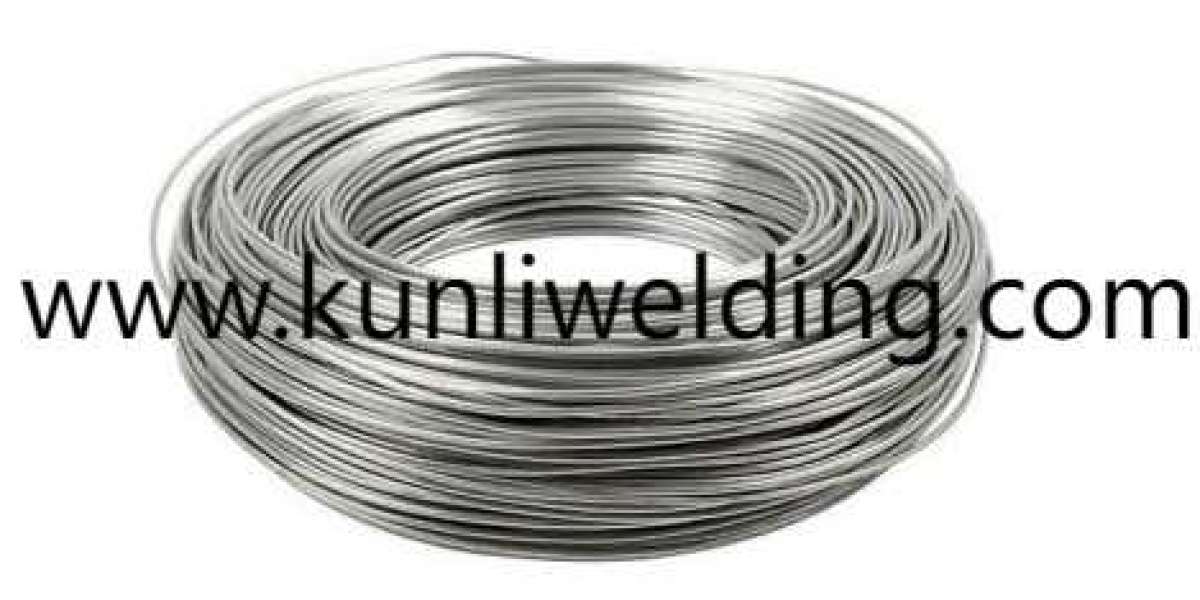When it comes to precision grinding, surface grinding wheels play a pivotal role in shaping, smoothing, and finishing a wide range of materials. From metalworking to automotive and aerospace to tool making, these grinding wheels are a core component of every high-performance grinding operation.
Whether you’re a manufacturer, technician, or workshop operator, understanding the fundamentals of surface grinding wheels can help you enhance quality, productivity, and tool life. In this blog, we’ll cover what surface grinding wheels are, their types, uses, and how to choose the right one for your application.
What is a Surface Grinding Wheel?
A surface grinding wheel is a precision tool made from abrasive grains bonded together. It is mounted on a surface grinding machine and used to create a flat or smooth finish on metallic or non-metallic workpieces.
These wheels are typically made of:
Abrasive grains (like aluminum oxide, silicon carbide, CBN, or diamond)
Bonding materials (vitrified, resin, metal, or electroplated)
The grinding process involves removing microscopic chips from a material's surface using friction and abrasive action.
Applications of Surface Grinding Wheels
Surface grinding wheels are widely used in various industries for applications such as:
Tool sharpening
Precision part finishing
Removing surface imperfections
Creating flat surfaces
Grinding hardened steels, cast iron, and non-ferrous metals
Industries where these are heavily used include:
Automotive: for engine blocks, cylinder heads, and gears
Aerospace: for finishing turbine components
Manufacturing: for dies, molds, and machine tools
Metal fabrication: for deburring and surface preparation
Types of Surface Grinding Wheels
Surface grinding wheels vary based on material, grit size, bond type, and shape. Here are the main types:
1. Aluminum Oxide Grinding Wheels
Ideal for grinding carbon steel, alloy steel, tool steel
Offers good cutting performance and wear resistance
2. Silicon Carbide Grinding Wheels
Suitable for grinding cast iron, brass, soft metals, and non-ferrous materials
Sharper but less durable than aluminum oxide
3. Diamond Grinding Wheels
Designed for hard materials like ceramics, carbide, and glass
High precision, ideal for fine grinding and surface finishing
4. CBN (Cubic Boron Nitride) Grinding Wheels
Excellent for hardened steels and superalloys
Longer lifespan, used in high-speed, high-precision applications
5. Vitrified Bond Grinding Wheels
Strong, rigid, and temperature-resistant
Best for precision surface grinding operations
6. Resin Bond Grinding Wheels
Offers smooth finish, best for tool room and high surface finish needs
How to Choose the Right Surface Grinding Wheel
Choosing the right grinding wheel can significantly impact efficiency and finish quality. Consider the following factors:
? 1. Material to be Ground
Steel: Use aluminum oxide or CBN wheels
Non-ferrous metals: Use silicon carbide
Hard ceramics or glass: Use diamond wheels
? 2. Desired Finish
For rough grinding, use coarser grit (24–46)
For fine finish, use finer grit (60–120+)
? 3. Grinding Machine
Ensure compatibility with machine size, RPM, and spindle type
? 4. Bond Type
Use vitrified bonds for precision and rigidity
Use resin bonds for smooth finishing and tool sharpening
? 5. Workpiece Hardness
Harder workpieces require softer grade wheels (to maintain cutting action)
Softer workpieces can be ground with harder wheels








